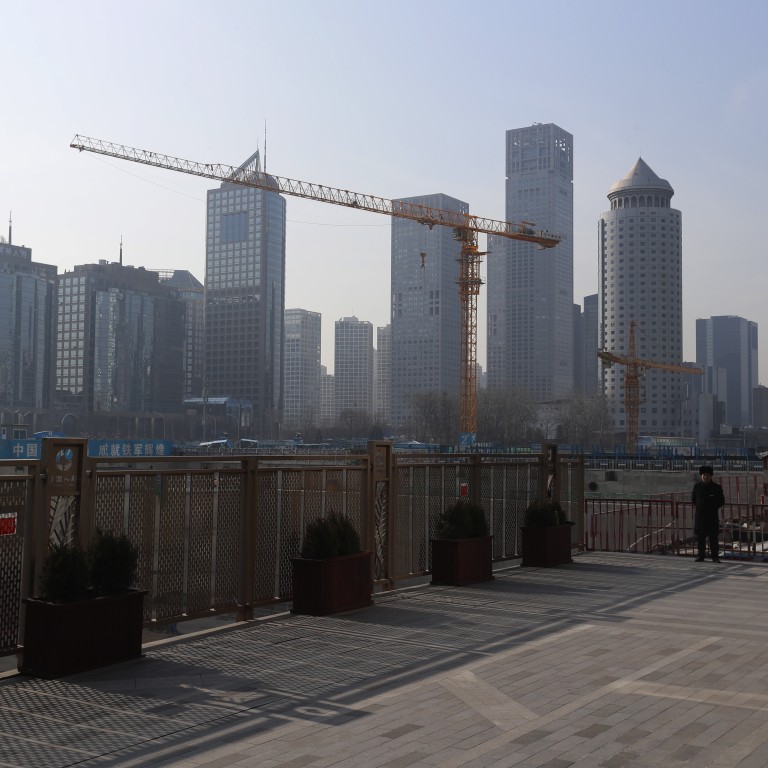
China’s 2020 growth rate prediction raised to 6.0 per cent by IMF after US trade war deal
- The International Monetary Fund (IMF) revised up its gross domestic product (GDP) prediction from 5.8 per cent in October after the phase one deal was signed last week
- IMF cuts global GDP forecast for 2020 to 3.3 per cent from 3.4 per cent, with ‘lion’s share’ of the downward revision due to weaker growth in India
China’s economy will growth by 6.0 per cent in 2020, the International Monetary Fund predicted on Monday, with the upwards revision reflecting a feeling that “global growth may be bottoming out”.
Global growth this year is expected to be 3.3 per cent, up from 2.9 per cent last year, but below the IMF’ 3.4 per cent forecast made in October. According to the Washington-based IMF in the January update of its World Economic Outlook, global growth is seen rising to 3.4 per cent in 2021, 0.2 per cent below the previous forecast.
While current risks to global activity are “less tilted to the downside” than they were in October, downside risks “remain prominent,” the IMF warned, citing geopolitical risks – particularly conflict in the Middle East– and continued global trade tensions.
The global growth projections “depend to an important extent on avoiding further escalation in the US-China trade tensions (and, more broadly, on preventing a further worsening of US-China economic relations, including around tech supply chains), averting a no-deal Brexit, and the economic ramifications of social unrest and geopolitical tensions remaining contained,” the IMF said.
“Policy missteps at this stage would further enfeeble an already weak global economy. Instead, stronger multilateral cooperation and national-level policies that provide timely support could foster a sustained recovery to the benefit of all.”
In both 2020 and 2021, the “lion’s share” of the downward revision in the global forecast is due to weaker growth in India, which is projected to be 5.8 per cent this year and 6.5 per cent next year, down 1.2 and 0.9 percentage points, respectively, from the IMF forecasts in October.
“Domestic demand has slowed more sharply than expected amid stress in the nonbank financial sector and a decline in credit growth,” the IMF explained.
Nevertheless, the IMF’s January update of its World Economic Outlook is cautiously upbeat about the economic outlook.
Meanwhile, China have revised up its real gross domestic product growth rates by 0.1 percentage points for each year from 2014 to 2018.
We believe Beijing could then further lower its growth target to ‘5.5-6.0 per cent’ for 2021, as policymakers fully recognise that China’s potential growth is on a downtrend
On Saturday, China’s National Bureau of Statistics (NBS) raised the growth rates to 7.4 per cent, 7 per cent, 6.8 per cent, 6.9 per cent, and 6.7 per cent respectively
The revision gives China more room to lower its growth target in 2020, with economists from Nomura estimating that China’s economy only needs to expand by 5.6 per cent this year to achieve its goal of doubling the size of its economy between 2010 and 2020.
“That said, we expect Beijing to only slightly revise down its growth target to ‘around 6.0 per cent’ for 2020 from ‘6 to 6.5 per cent for 2019. We believe Beijing could then further lower its growth target to ‘5.5-6.0 per cent’ for 2021, as policymakers fully recognise that China’s potential growth is on a downtrend,” said Lu Ting, chief China economist from Nomura.
Additional reporting by Sidney Leng

